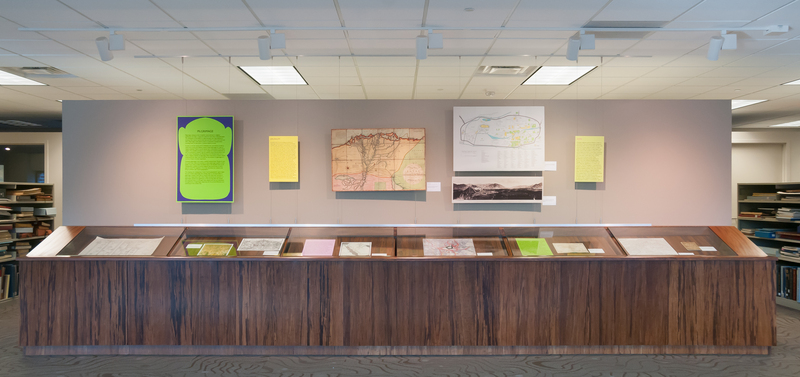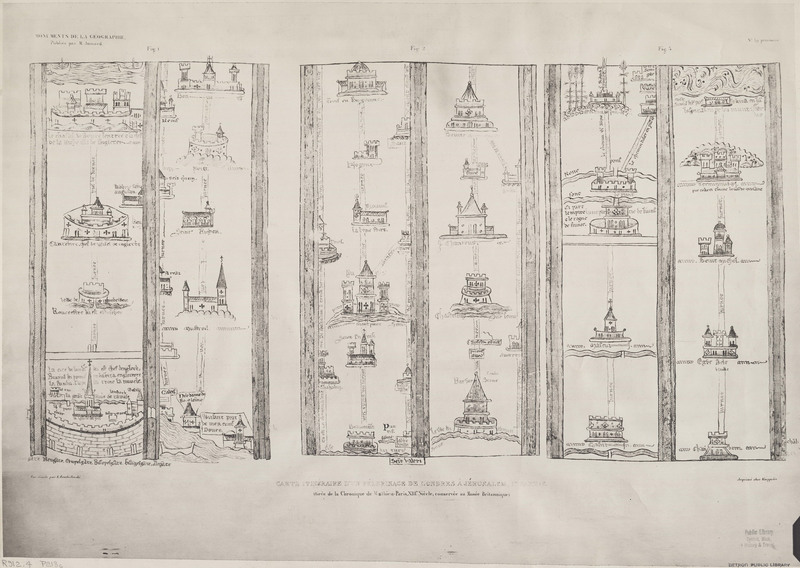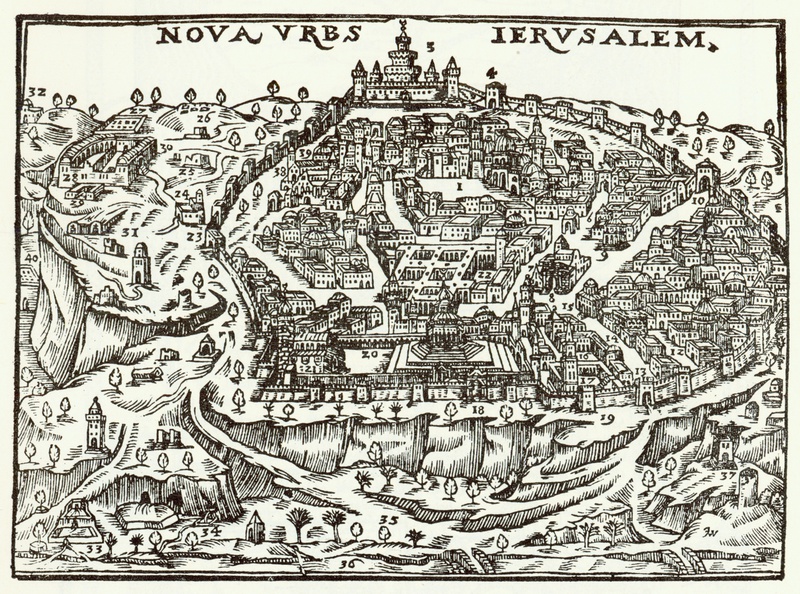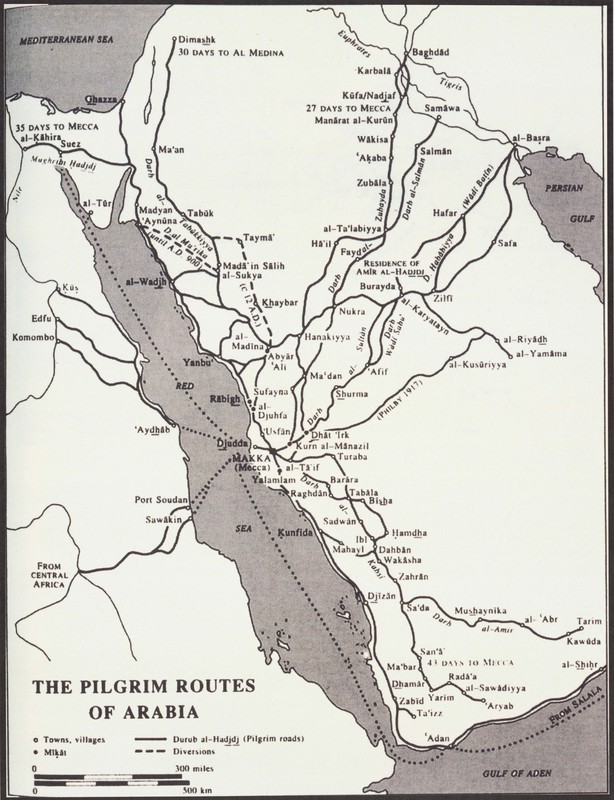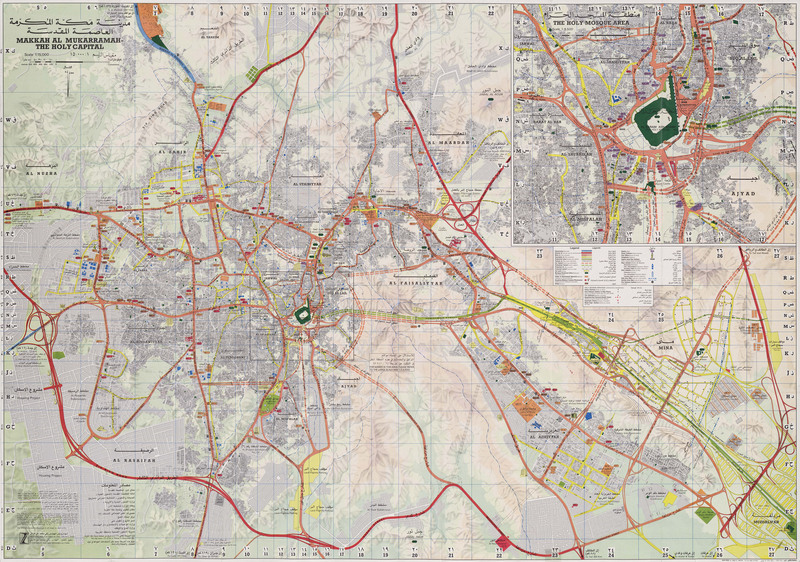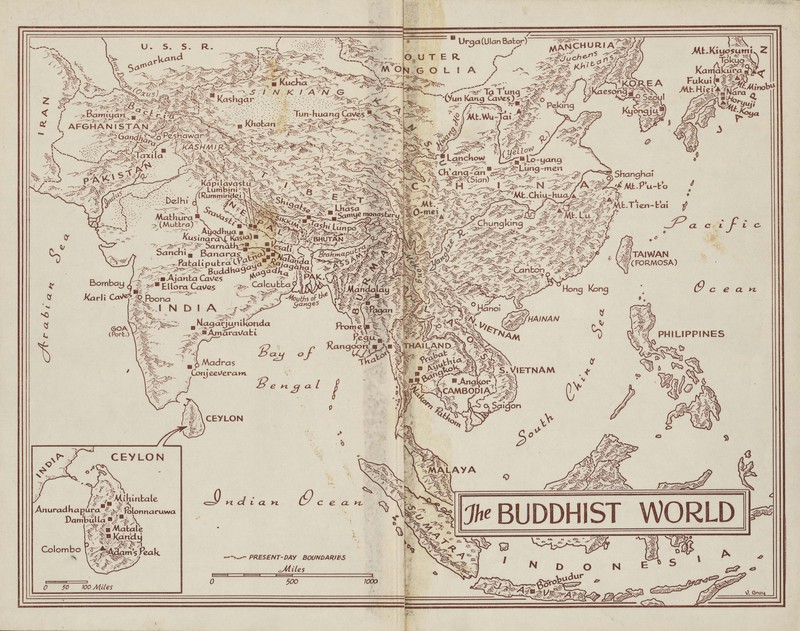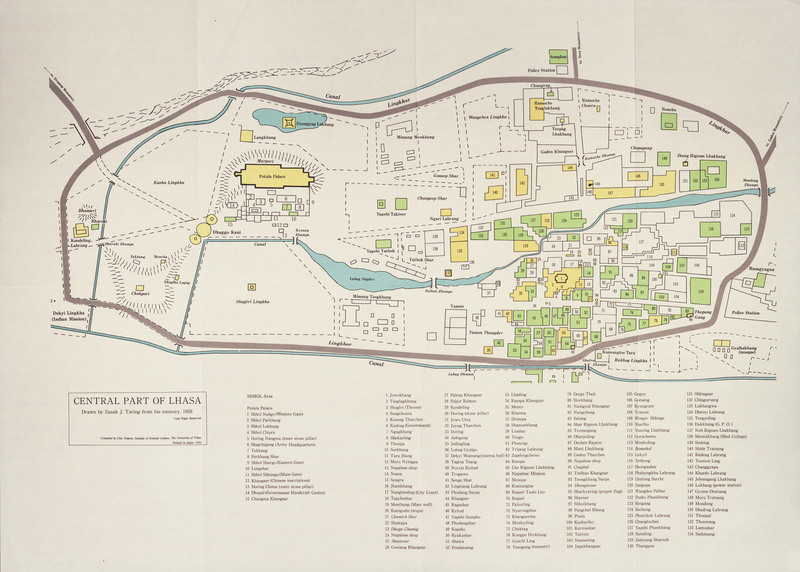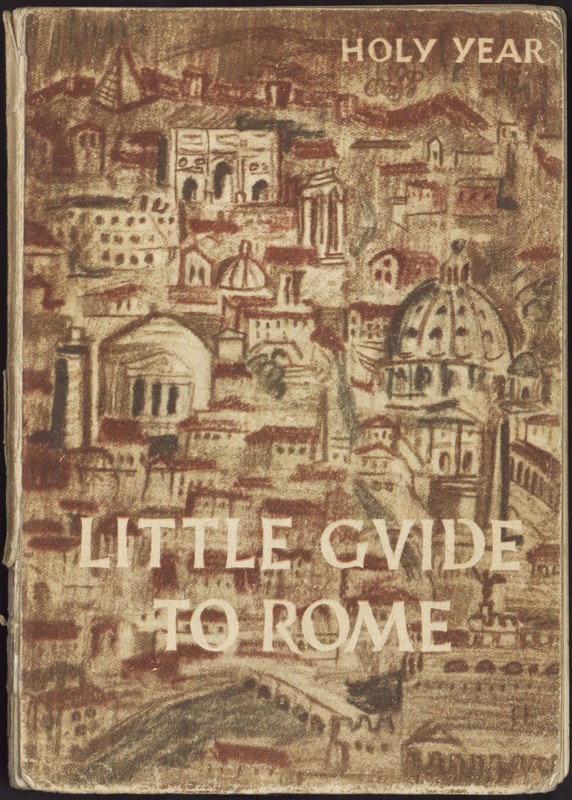Pilgrimage: Journey of the Faithful
Pilgrimage, visiting an area of specific moral, spiritual or religious significance, has been a reason for travel for more than a thousand years. The willingness of the faithful to make journeys over long distances is evidence that travel to sacred sites was, and still is, worth much time and effort. Pilgrimages made before access to convenient transportation, including many on foot, show a common desire to travel.
As early as the 6th century B.C.E. Athenian men and women, as well as others from across the Hellenic empire, made pilgrimages as a part of religious festivals. Travel to sacred places was a centerpiece of the Greek religion. This included journeys to visit oracles and receive prophecies, as well as movement to specific sites for specific events. Annual events such as the Great Panathenaea, the Plynternia, or the Dionysia were civic as well as religious festivals of pilgrimage. Their importance in Greek culture underscores the deep roots of travel for the purpose of pilgrimage as a common thread of human experience.
However, pilgrimage is not solely a western phenomenon. People all over the world have made, and continue to make, pilgrimages specific to their beliefs. From Lhasa, Lumbini, and Bodh Gaya in the Buddhist faith to the Wailing Wall in Judaism, all world religions have sacred sites to which pilgrims travel. The repetition of journeys like these has created what Simon Coleman calls “sacred geographies.”
The mapping and cataloguing of these “sacred geographies” gives insight into pre-modern pilgrimages. By creating maps or narratives about a pilgrimage, travelers were able to recount and relive their journey or share their experiences with others. Maps, narratives, and souvenirs of pilgrimages retained the significance of the trip long after the traveler had returned home. It is through these objects that we can understand the significance of pilgrimages, beginning with the ancient Athenians and continuing to the modern day.
Jerusalem
Jerusalem and its surrounding areas are places of pilgrimage visited by Jewish, Christian and Muslim travelers alike. Jerusalem’s extraordinary concentration of sacred sites makes it an important, if volatile, area. Descriptions of Christian travels to the Holy Land date back to the 4th century. Such pilgrims often visited the sites of Jesus’ crucifixion and resurrection, as well as places of importance to Christian martyrs and saints. Judaism also places significant emphasis on holy sites in Jerusalem. Until 70 C.E. when the second temple was destroyed, it was a site of pilgrimage to which many Jewish travelers came, especially during Passover, Shavuot, and Sukkot. All able-bodied men were expected to make this trip. Since the temple’s destruction, pilgrimage to Jerusalem has become less important in the Jewish faith. However, many Jews still visit the Wailing Wall or the Western Wall, all that remains of the former temple. In addition, Jerusalem is an important place to Muslims because it contains the Al-Aqsa Mosque as well as the Dome of the Rock, which is a shrine on the Temple Mount and the third holiest site in Sunni Islam. While pilgrimage to Mecca is emphasized, Jerusalem also attracts Muslim travelers because of its many sacred places.
Mecca
The annual pilgrimage to Mecca is the largest gathering of people in one place for one purpose in the world. As one of the five pillars of Islam, the second largest, fastest growing religion on the planet, pilgrimage to Mecca, or the Hajj, is a significant travel event. The Koran requires all physically able Muslims to make this pilgrimage, and those who do have been writing about and mapping it for centuries. The Hajj is a week-long ceremony during which pilgrims participate in a variety of rituals. These include walking around the Kaaba, the cube-shaped building toward which Muslims direct their prayers, running back and forth between the Al-Safa and Al-Marwah hills, drinking from the Zamzam Well, standing in a vigil at the plains of Mount Arafat, and throwing rocks in a ritual stoning of the Devil.
Lhasa
Buddhist pilgrimages center around key sites in the life and death of the Buddha, most of which are located in Northern India and Southern Nepal. The Buddha is said to have identified four significant places of pilgrimage to His followers where He experienced religiously important events during His lifetime. In doing so He enshrined travel and pilgrimage at the core of the Buddhist religion. Buddhist teachings identify four additional places of significance, creating a total of “Eight Great Places” that are common sites of Buddhist pilgrimage. However, there are many more places that travelers visit as a part of their quest for spiritual enlightenment. Key among these sites are Lumbini, the Buddha’s birthplace in Nepal; Bodh Gaya, the place where he attained enlightenment; Sarnath, where he delivered his first teaching; and Lhasa, the traditional home of the Dalai Lama in Tibet. Pilgrims to Lhasa sometimes make their entire journey by doing full body prostrations along the ground.
Rome
Christian pilgrims come to Rome in order to visit Vatican City and several other landmarks associated with martyrs and saints. By the 10th century, Christian pilgrims could no longer easily and safely visit sites of pilgrimage in the Holy Land, so they looked to travel to other sacred places. As home to the Pope, numerous tombs of martyrs and saints, and fragments of the cross upon which Jesus was crucified, Rome was an obvious choice. Many guidebooks catering towards pilgrims to Rome, from the medieval Mirabilia Urbis Romae, which stressed the above sites and their historical significance, to modern day manuals. The Via Francigena, a route between England and Rome, was the primary path early pilgrims traveled to Rome. The route evolved over the years, based on regional political safety. The Via Francigena was also known as the Lombard Way or the Frankish Route. More recently it has been neglected as many Christian pilgrims choose to follow the Way of St. James to the Cathedral of Santiago de Compostela in Galicia in northwestern Spain.

Women Travelers: A Unique Route

Explorers: The Influence of Travel

